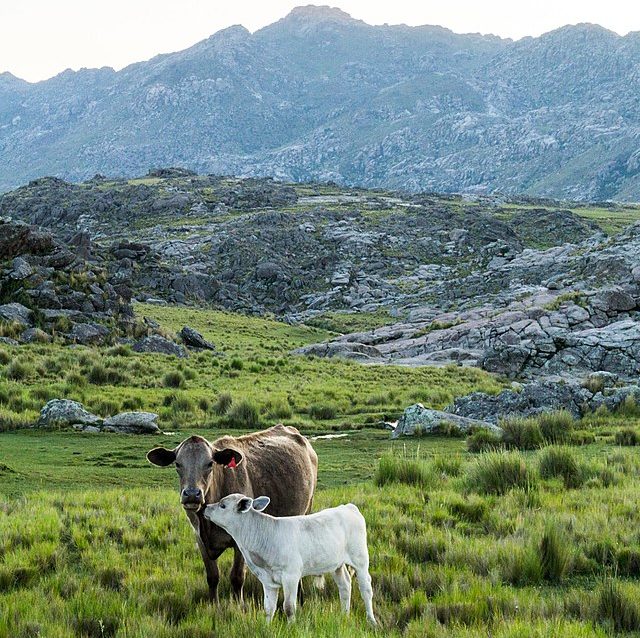A technical report reveals what has happened to the margins of breeding, full-cycling and wintering of cattle after the increases registered since the end of January and how they are in relation to the last ten years. It also shows in what proportion the increases were transferred to the counter.
The increase in Argentina’s cattle prices recorded between the end of January and February opened a series of doubts about the impact on cattle margins: Were they enough to recompose them? How are the breeding, the complete cycle and the wintering now?
These questions are answered in the March Livestock Results report, prepared by the Coordination of Livestock Analysis of the National Undersecretariat of Livestock, which also revealed whether these increases in standing cattle were fully passed on to consumers.
In this sense, the Coordination analyzed the evolution of gross margins in the period from June 2011 to February 2023, taking the most characteristic models of each livestock activity, i.e.: Breeding in Cuenca del Salado (Base Model), Wintering in Subhumid Region (High Production Model) and Full Cycle in Córdoba. All margins were expressed in constant currency (February 2023 pesos) and the IPIM (INDEC) was used to make the adjustment.
For breeding, although the situation improved, the recovery of calf prices was insufficient and February margins (in constant currency) are 31% lower than the maximum value (March 2022) and 4% below the series average.
In the full cycle, the picture is similar: the current margin is 1% lower than the average of the last ten years, and 33% below the maximum value of the same (April 2022).
The price recovery is best evidenced in the wintering sector, where the current margin is 46% above the average of the series. The annual average in constant currency of 2022 was 39 thousand pesos, so the 87 thousand pesos of February make the difference.
Did the increase reach the consumer?
The Coordination also evaluated to what extent the increase in the price of cattle was transferred to the counter.
For this purpose, it analyzed the behavior since January 2020 of the steer and heifer/heifer calf, compared with winter calf, consumer price index and retail beef price in Argentina expressed as Base Index December 2019=100.
Contrary to what could be supposed, “in the first two months of the year the increase in the integrated price of retail beef reached 30%, transferring in great proportion the increases in cattle products that were registered from the last week of January”, he concluded.
Source: valorcarne.com.ar
